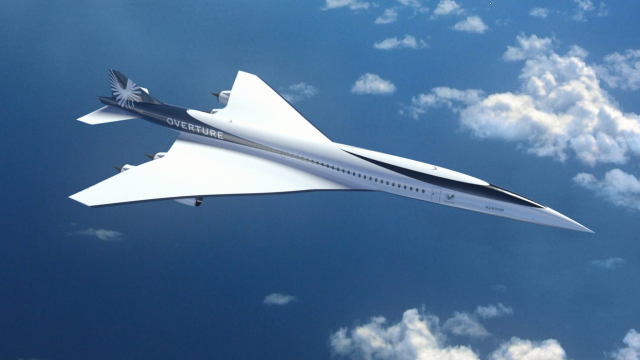Son of Concorde
July 25, 2000, was a somber day in aviation history as the iconic Concorde Air France Flight 4590 crashed, marking the end of commercial supersonic flights. However, hopes for a supersonic comeback have recently been fueled by NASA’s latest experimental aircraft, the X-59, also known as “Son of Concorde.”
The Concorde Crash and the End of an Era
Tragically, the Concorde Air France Flight 4590 crash claimed 113 lives, including 109 on board and 4 on the ground. The accident dealt a severe blow to commercial supersonic flights, leading to the retirement of supersonic airplanes like Concorde and Tupolev Tu-144 from civilian service in November 2003.
Understanding the Sonic Boom Challenge
Supersonic flights face a significant hurdle in the form of the “sonic boom” or “sonic thump.” As an aircraft breaks the sound barrier, it generates a loud noise known as the sonic boom, which can be disruptive and cause disturbances on the ground. This challenge has deterred the practicality of supersonic air travel for years.
NASA’s X-59: A Beacon of Hope
Amidst the challenges, NASA’s X-59 experimental aircraft has emerged as a beacon of hope for supersonic travel enthusiasts. The X-59 is designed to fly at speeds exceeding Mach 1, which is the technical term for the speed of a supersonic aircraft flying faster than the speed of sound.
Key Specifications of the X-59
The X-59 boasts impressive specifications, with an estimated top speed of approximately 1,500 kilometers per hour. It is relatively compact, with a wingspan of 9 meters and a length of 30.5 meters. The aircraft’s potential to travel between any two points on Earth within 2 hours has sparked excitement for a possible revival of supersonic flights.
Addressing the Sonic Boom with Quiet Supersonic Technology
The most promising aspect of NASA’s X-59 is its revolutionary “Quiet Supersonic Technology.” This innovative approach aims to address the issue of the sonic boom by converting it into a less loud “sonic thump.” If successful, this technology could pave the way for environmentally friendly and less disruptive supersonic air travel.
The Future of Supersonic Travel
As NASA prepares for the X-59’s first test flight, expectations run high for the future of supersonic travel. While inherent challenges remain, including the niche market and fuel consumption concerns, advancements like the Quiet Supersonic Technology hold the key to unlocking the true potential of supersonic flight.
Month: Current Affairs - July, 2023
Category: Science & Technology Current Affairs


